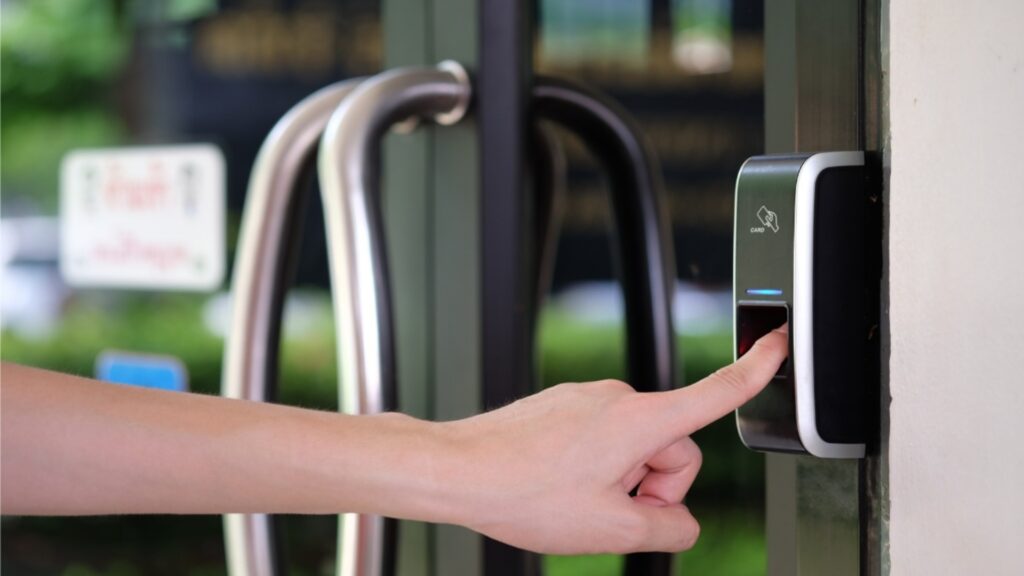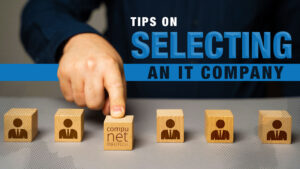Implementing an effective time and attendance tracking mechanism has become paramount in the ever-evolving corporate landscape, where efficiency reigns supreme. Gone are the days of archaic punch-card systems and error-prone manual timesheets. The modern business world demands a streamlined approach that harnesses the power of technology to optimise workforce productivity while ensuring compliance with labour regulations.
As organisations grapple with the complexities of managing a diverse workforce, the need for a robust clocking-in system has become increasingly apparent. However, with many options available in the market, choosing the right solution can be daunting. This comprehensive guide aims to demystify the process, equipping you with the knowledge and insights necessary to make an informed decision that aligns with your organisation’s unique requirements.
The Significance of Effective Time and Attendance Management
Accurate time and attendance tracking is more than a mere administrative task; it’s a basis of organisational success. By monitoring employee work hours accurately, businesses can unlock many benefits that directly impact their bottom line.
Enhancing Payroll Precision
One of the primary advantages of implementing a reliable clocking-in system is eliminating payroll discrepancies. Manual timekeeping methods are prone to errors, leading to costly overpayments or underpayments. With an automated system, you can bid farewell to such inaccuracies, ensuring employees are compensated fairly for their efforts.
Fostering Compliance and Mitigating Risks
Adhering to labour laws and regulations is a non-negotiable aspect of running a business. Failure to comply can result in hefty fines and legal repercussions. Organisations can effortlessly track overtime, breaks, and shift patterns by leveraging a robust clocking-in system, ensuring compliance with local and national labour standards.
Optimising Resource Allocation
Effective time and attendance management provides invaluable insights into workforce dynamics. With real-time employee availability and productivity data, businesses can make informed decisions regarding resource allocation, scheduling, and staffing levels, ultimately maximising operational efficiency.
Promoting Accountability and Transparency
A transparent clocking-in system fosters a culture of accountability within the workplace. Employees are empowered to take ownership of their time, while managers gain a comprehensive overview of attendance patterns, enabling them to address issues promptly and fairly.
Types of Clocking-In Systems
As technology continues to evolve, the range of clocking-in systems available in the market has expanded exponentially. Each option caters to unique business needs and preferences, from traditional punch-card machines to cutting-edge biometric solutions.
Traditional Punch-Card Clocking Machines
While often considered outdated, punch-card clocking machines still hold relevance for certain organisations. Employees are issued physical cards, which they insert into the machine upon arrival and departure, creating a tangible attendance record. These systems are cost-effective and user-friendly, making them a viable option for smaller businesses or those with a predominantly on-site workforce.
Radio Frequency Identification (RFID) Card Systems
RFID card systems offer a more modern approach to time and attendance tracking. Employees use cards or fobs embedded with unique radio frequency identification chips, which electronic readers read upon entry and exit. While convenient and relatively inexpensive, these systems are susceptible to issues such as buddy punching, where employees clock in for absent colleagues.
Biometric Clocking Systems
Biometric clocking systems have gained significant traction in recent years, offering unparalleled accuracy and security. These systems rely on unique physiological characteristics, such as fingerprints, facial recognition, or iris scans, to identify employees and record their attendance. While more expensive than traditional options, biometric systems eliminate buddy punching and provide a hygienic, touch-free clocking experience.
Mobile and Cloud-Based Clocking Solutions
Mobile and cloud-based clocking solutions have emerged as game-changers in the era of remote work and flexible schedules. Employees can clock in and out from their personal devices, leveraging geofencing and GPS technologies to ensure accurate location tracking. These solutions offer unparalleled convenience and seamless integration with existing HR and payroll systems.
With such diverse options available, it’s crucial to carefully evaluate your organisation’s specific needs, budget, and workforce dynamics to determine the most suitable clocking-in system.
Assessing Your Business Needs: Key Considerations
Selecting the right clocking-in system is a multifaceted decision that requires careful consideration of various factors. By thoroughly evaluating your organisation’s unique requirements, you can ensure that your investment aligns with your long-term goals and objectives.
Workforce Size and Distribution
The size and distribution of your workforce play a pivotal role in determining the most appropriate clocking-in system. Traditional punch-card or RFID card systems may suffice for smaller businesses with a centralised workforce. However, mobile and cloud-based solutions may be more suitable for larger organisations with multiple locations or a significant remote workforce, offering flexibility and scalability.
Industry-Specific Regulations and Compliance Requirements
Certain industries, such as healthcare, manufacturing, or construction, may be subject to stringent regulations and compliance standards. In such cases, biometric clocking systems may be the preferred choice, as they offer unparalleled accuracy and security. They ensure that your organisation complies with relevant labour laws and industry-specific guidelines.
Budget Considerations
While investing in a robust clocking-in system can yield significant long-term benefits, it’s essential to consider your organisation’s budgetary constraints. Traditional punch-card systems and RFID card readers may be more cost-effective for smaller businesses. At the same time, larger organisations with ample resources may opt for the advanced features and security offered by biometric or cloud-based solutions.
Integration with Existing Systems
Seamless integration with your organisation’s existing HR, payroll, and scheduling systems maximises efficiency and minimises administrative overhead. Evaluate the compatibility of potential clocking-in systems with your current infrastructure to ensure a smooth transition and minimise the need for complex data transfers or manual interventions.
Employee Acceptance and Ease of Use
The success of any clocking-in system hinges on employee acceptance and ease of use. Consider your workforce’s technological proficiency, preferences, and concerns regarding data privacy and security. Involving employees in the decision-making process can foster a sense of ownership and increase adoption rates.
By carefully considering these factors, you can make an informed decision that meets your organisation’s immediate needs and positions you for long-term success in workforce management.
Embracing the Power of Mobile and Cloud-Based Clocking Solutions
In the rapidly evolving digital landscape, mobile and cloud-based clocking solutions have emerged as frontrunners, offering unparalleled flexibility and convenience for modern workforces.
The Flexible Option
With an increasing number of employees embracing remote work and flexible schedules, the need for a clocking-in system that transcends physical boundaries has become paramount. Mobile clocking solutions empower employees to clock in and out from virtually anywhere, using their personal devices such as smartphones or tablets.
These solutions leverage geofencing and GPS technologies to ensure accurate location tracking, eliminating the need for employees to be physically present at a designated clocking station. This not only enhances convenience but also promotes productivity by reducing the time and effort spent commuting solely for the purpose of clocking in or out.
The Cloud Advantage
Cloud-based clocking solutions take mobility a step further by offering seamless integration with existing HR and payroll systems. Organisations storing attendance data in the cloud can access real-time insights and generate comprehensive reports from any location, fostering transparency and enabling data-driven decision-making.
Moreover, cloud-based solutions eliminate the need for costly on-premises hardware and maintenance, reducing overhead expenses and providing a scalable solution that can grow alongside your organisation.
Addressing Security and Privacy Concerns
While the benefits of mobile and cloud-based clocking solutions are undeniable, data security and employee privacy concerns are natural and valid. Reputable providers of these solutions prioritise robust security measures, such as encryption, two-factor authentication, and regular vulnerability assessments, to safeguard sensitive information.
Additionally, many solutions offer configurable privacy settings, allowing employees to control the level of personal data shared and ensuring compliance with relevant data protection regulations.
By embracing the power of mobile and cloud-based clocking solutions, organisations can future-proof their workforce management strategies, fostering agility, productivity, and a seamless employee experience.







